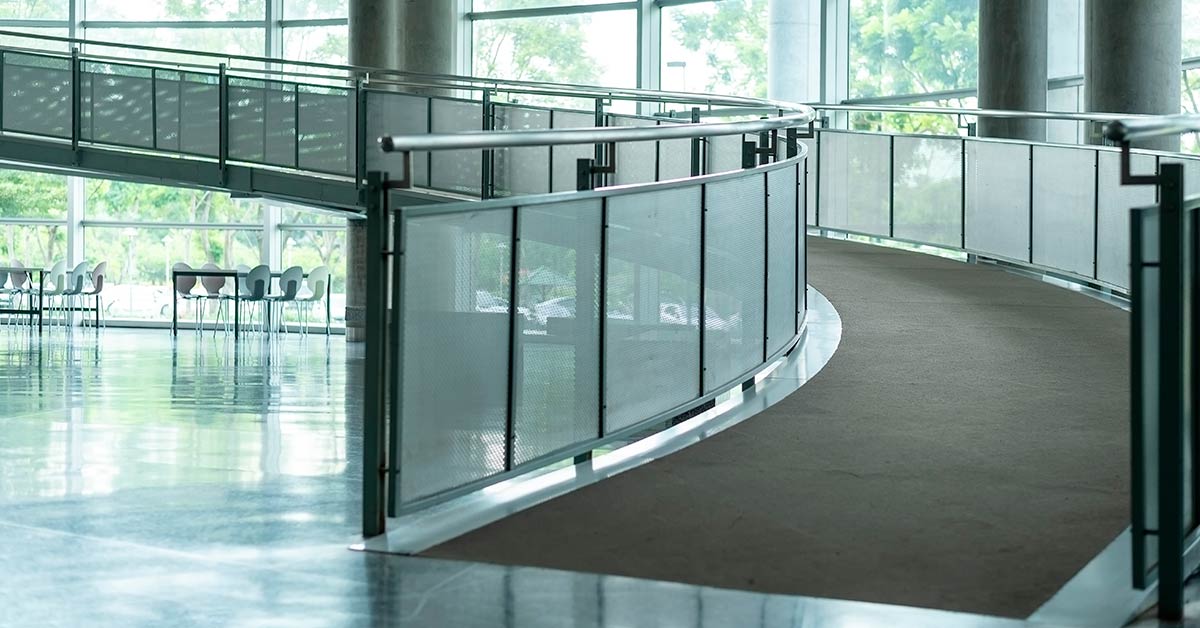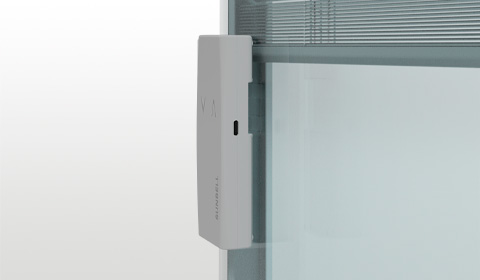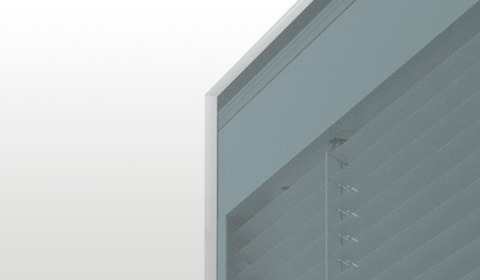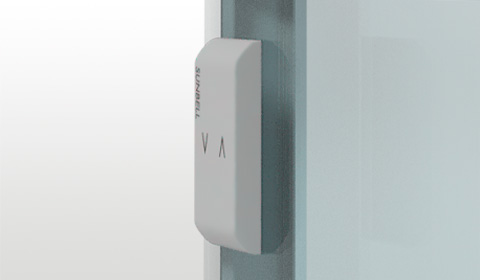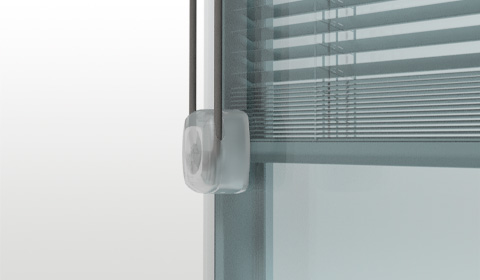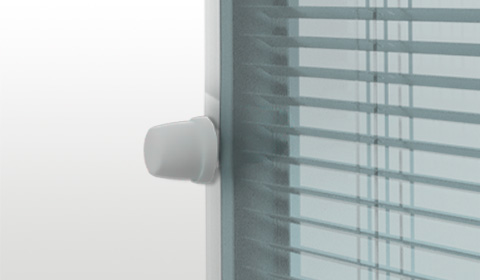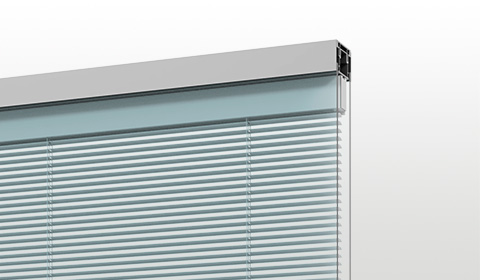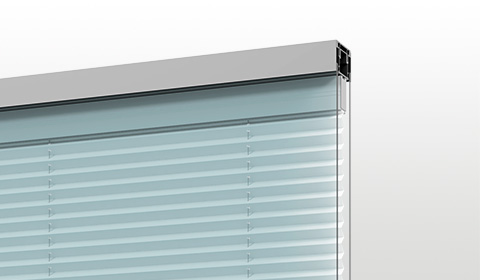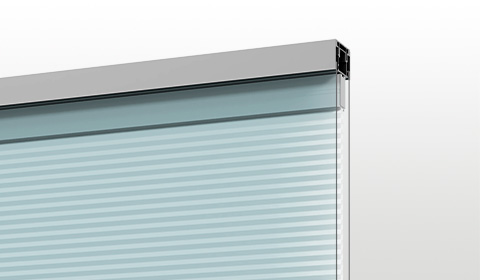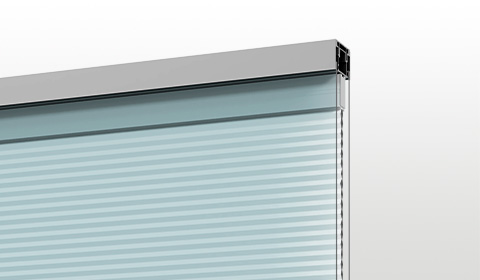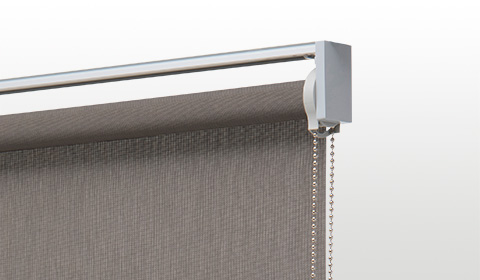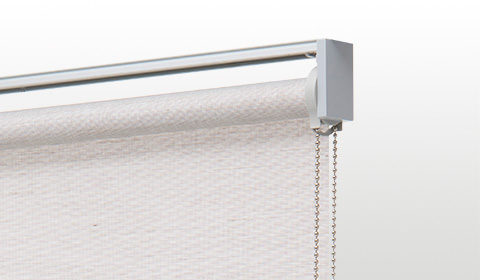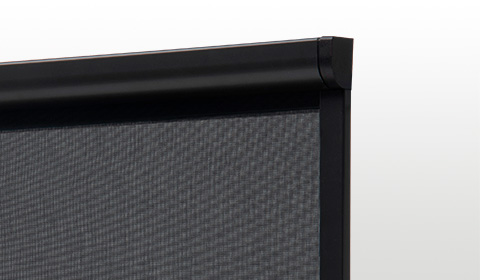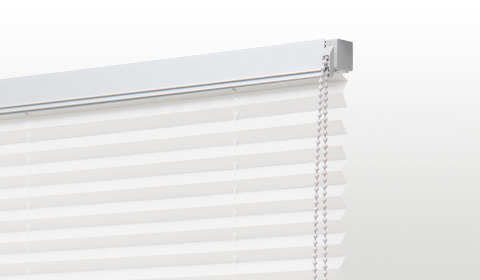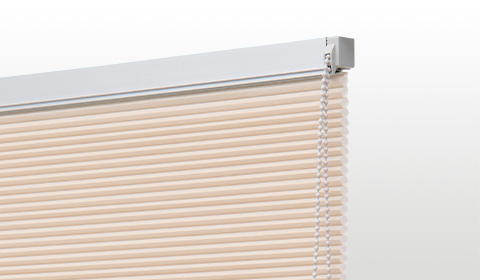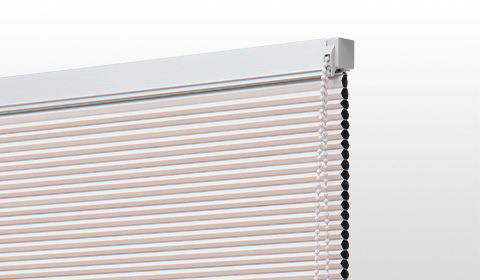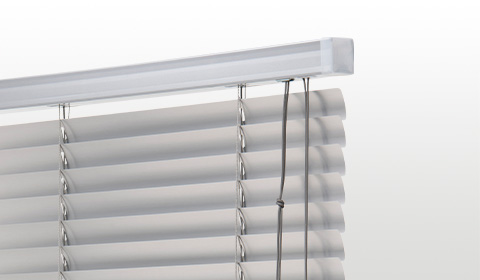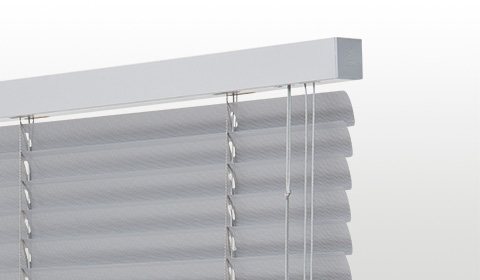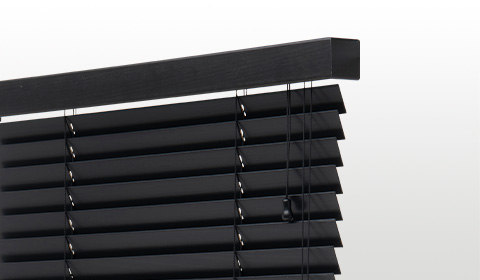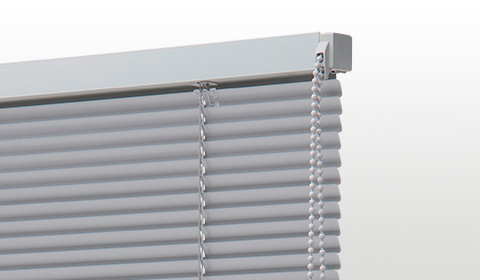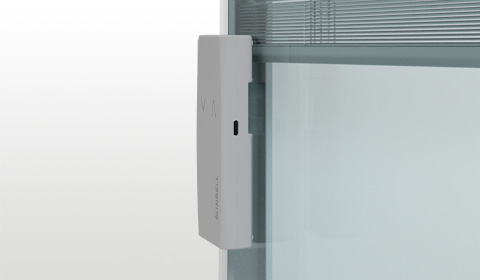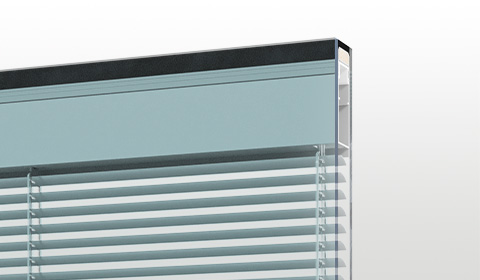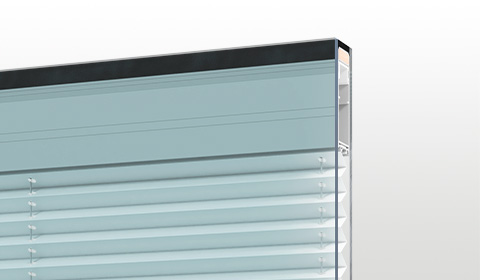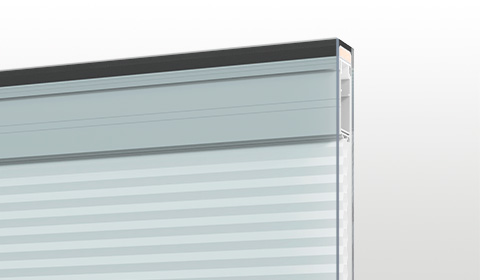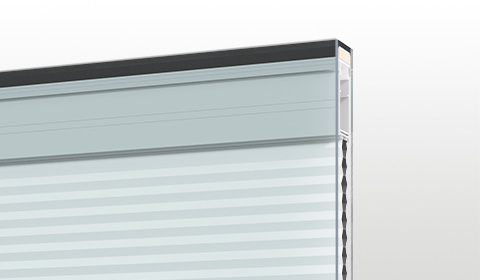Universal Design is used to describe an environment that is designed in a way that everyone can access, understand and use it as safely as possible, regardless of their age, capacity or disability.
An environment, including any building, product or service present, should be designed to meet the needs of everyone who wishes to use it.
This is fundamental for an efficient and functional design, as everyone can benefit from an environment if it is accessible and usable by everyone.
Universal Design creates products, services and environments that, during the design process, take people’s different needs and abilities into account.
The Center for Excellence in Universal Design – CEUD – has set out the following 10 things to know about Universal Design.
1 – Universal Design and inclusivity
Universal Design is committed to improving original design concepts by making them more inclusive.
A common misconception is that a universally designed product is a “diluted” product, i.e. one that meets the needs of many people, but only to a limited extent.
Universal Design does not involve a series of compromises to the detriment of the original design concept. Instead it promotes a design that is as inclusive as possible, while at the same time ensuring that the functionalities aimed at improving access or use by some do not hinder or reduce the experience of others.
2 – Universal Design and aesthetic value
Products designed following Universal Design principles often have a high aesthetic value. While functionality is important, Universal Design is not based exclusively on this. In fact, it aims to maximize the accessibility and usability of a product.
A designer must also understand that the usability of a product can be influenced by its appearance; numerous studies suggest that people find products easier to use if they are also look good to look at, regardless of whether they are indeed more usable!
3 – Universal Design and style
Universal Design is much more than just a trend. Universal Design is not a style, it is an approach to design that can be applied to any project.
It provides an orientation for any design process that begins with considering the user’s needs.
Fashion, style and personal taste can of course influence the appearance of an accessible and usable product.
4 – Universal Design and the market
Universal Design does not aim to replace product design for specific markets. It does not replace products already available on the market. In fact, the projects aimed at a specific demographic group – for example adolescents – will not be negatively influenced by a Universal Design approach.
On the contrary, it could guarantee that these products are designed to be as accessible and usable as possible by their target market.
5 – Universal Design and compliance
The term Universal Design is mistakenly used as a synonym for conformance to accessible design standards. Equal rights legislation prohibits discrimination based on disability and Universal Design standards promote compliance with this legislation. This provides designers with the minimum specifications and requirements they must meet.
Firstly, Universal Design is not only applicable to the needs of people with disabilities, but to everyone, regardless of age, capacity or disability.
Secondly, it is not a list of specifications, but a design approach that takes users’ different capabilities into account.
6 – Universal Design and accessibility
A common misconception about Universal Design is that it benefits only a few members of the population, such as the elderly and the disabled, but that is not the case.
On the contrary, it aspires to benefit every member of the population by promoting accessible and usable products, services and environments.
Think about it – no one lives their whole life at the height of their abilities.
Accessibility or usability can be affected, for example, by an injury or medical condition (temporary, long-term or permanent), familiarity with a product or an environment, a lack of understanding (for example in a foreign country), a physical attribute (e.g. height) and so on.
A universal design approach aims to provide a design that takes into account these various factors.
However, it should be added that even a hypothetical person who does not experience a disability (in the broadest definition of the word) during their life will at least benefit from the positive user experience of a simple and intuitive design.
7 – Universal Design and professional specialization
Universal Design can be undertaken by any designer, not just by specialists. This means that Universal Design is not necessarily a specialist topic.
The first step is to adopt a user-centered or person-centered design approach. This requires an awareness and appreciation of people’s different capacities.
8 – Universal Design and integration in design
Universal Design should be integrated throughout the design process, as it is not an additional design approach.
It cannot be applied effectively or efficiently at the end of the design process. It should be integrated into the design process from the beginning.
9 – Universal Design is not unique to everyone
Universal Design has been wrongly described as the search for a unique design for everyone.
In truth, it encourages designers to consider the wide-ranging capabilities of their users and to find an optimal design that caters for as many people as possible.
That said, a more universal solution can also incorporate, for example, customizable features that can be adapted from user to user, intelligent features that learn the preferences of a user after multiple uses, and specialized solutions to meet particular needs.
The goal is to provide the same (or equivalent) experiences, activities and services to everyone.
It is assumed that these may have to be provided via slightly different paths or interfaces, but designers should strive to create a design that does not exclude or segregate.
10 – The Universal Design and the process
Universal Design is a process, not a result. It is neither assumed nor expected that a 100% universal solution will be achieved for any given project.
Universal Design should be a goal that a designer is committed to achieving.
The advantages of Universal Design
These 10 things to know about Universal Design clearly illustrate that it proposes a progressive and evolving approach to the development of inclusive environments for all people.
The human-centered approach to design that Universal Design supports is intuitive and convenient, yet also respectful of user dignity, rights and privacy.

